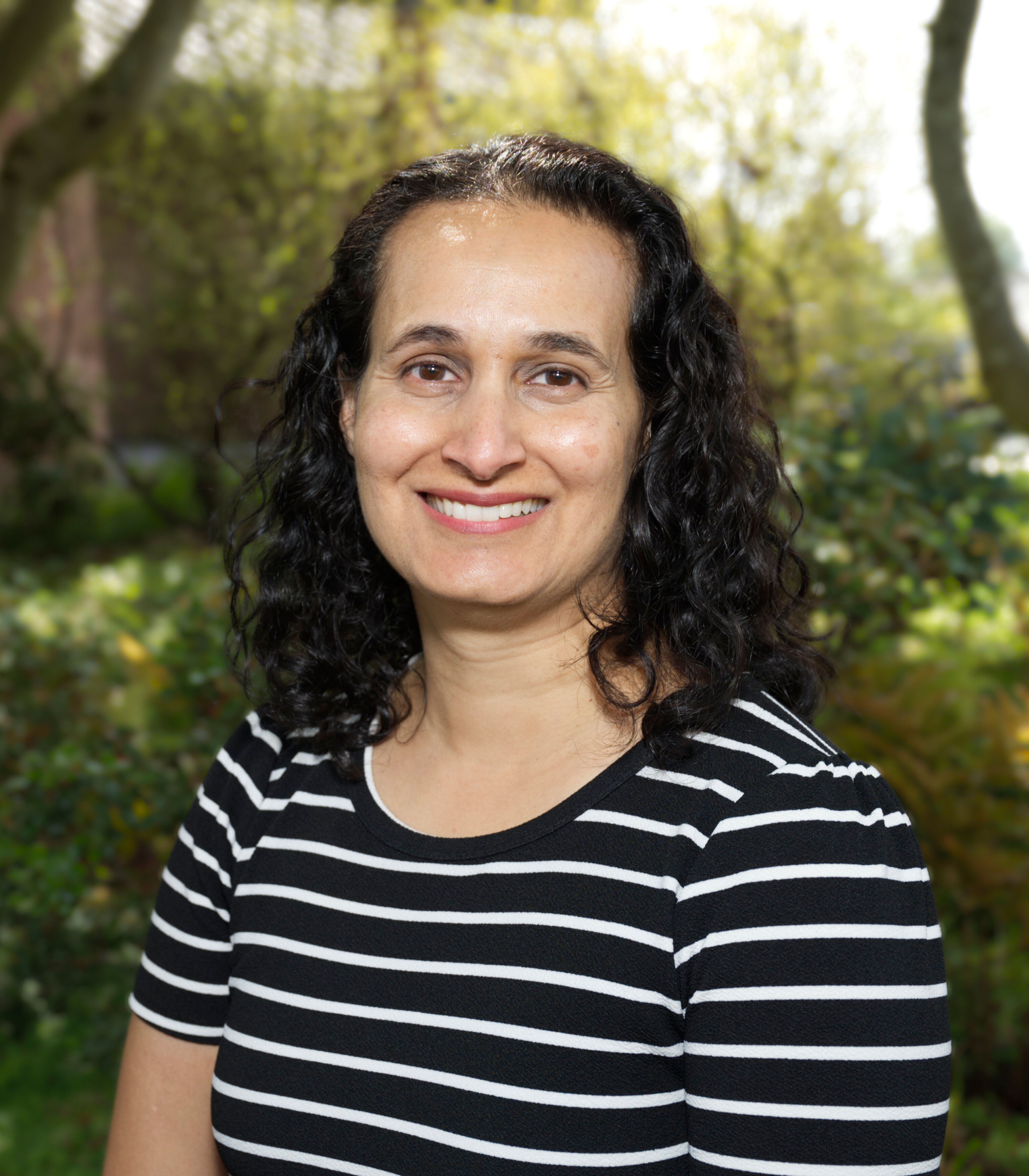
Extending a helping hand to OT students

When she was considering healthcare career options in high school, Assistant Teaching Professor Ranee Munaim’s cousin—a physical therapist—suggested that she look into physical therapy, as it offered great flexibility as a career. Following that advice, Ranee began volunteering in various rehabilitation settings to learn more about the field. However, after volunteering with an occupational therapist, she realized that occupational therapy (OT) was her true calling. She loved the scientific aspects of OT, including physiology, neuroscience, anatomy, and psychology. Early in her career, she began working in a trauma center doing both neurological rehabilitation and hand therapy. She found herself studying the complex anatomy of the upper extremity, learning the intricacies of healing, and reading about rehabilitation protocols for complex hand injuries even when not at work. She soon knew that she wanted to become a certified hand therapist. The expertise and experience Ranee developed in hand therapy over the years made her the perfect person to develop the curriculum for UW’s new Hand Therapy Fellowship position.
The Hand Therapy Fellowship, now in its second year, was more than a decade in the making. As a hand therapist working at the busy Harborview Medical Center, Ranee saw firsthand how much a fellow could learn, while also helping with the workload. Year after year, she proposed the idea of a fellowship to management, only to be turned down. Finally, when she connected with Assistant Teaching Professor Keri De Groot, the idea of creating a fellowship in partnership with both the Division of Occupational Therapy and the hospital gained traction, and the project became a reality.
"We have to build in our students a sense of confidence in their knowledge.”
While Keri was happy to help get the fellowship off the ground, she had a request for Ranee in exchange: could Ranee help teach hand therapy to the OT students? Ranee had given presentations at conferences, but she hadn’t taught a class before. However, she embraced the challenge and taught one term. She was not expecting to return since the division was hiring a new faculty member to take over the class. However, the next year, she was asked to teach again, as the faculty position was still open.
Intrigued by the opportunity, Ranee investigated the position. While she didn’t have a Ph.D., she had a master’s degree, hand therapy certification, and 22 years of clinical experience. Ranee applied and joined the faculty in fall 2023. Now, she balances her clinical hand therapy work with teaching in the Master of Occupational Therapy program.
Over the past year, Ranee has tackled a major project: developing a new class on functional movement for OT. Previously, the kinesiology course had been interdisciplinary, but it focused on information that physical therapy students needed, which didn’t fully serve OT students. To design the new class, Ranee spent three months building the curriculum and another three months teaching it for the first time. “It almost took up every waking moment when I wasn’t in clinic,” she recalls. Since there aren’t many books that address kinesiology from an OT perspective, Ranee had to distill what her students most needed to know.
In the beginning, she set clear goals: “We need to learn about the hand and fingers. We need to learn about the elbow. We need to learn about posture and the basics of gait. All these things.” After months of work, Ranee had an epiphany—she was teaching a language. “That’s what kinesiology is,” she explains. “It’s the language of how you describe the joints and their movements, and the way the body moves.” This realization came after she taught the first version of the course, but it will be a central part of this year’s curriculum.
As the Division of Occupational Therapy celebrates 65 years and looks ahead to the future, Ranee sees that despite the proliferation of medical information available online, there will always be a need for trained experts in OT. The challenge for the Master of Occupational Therapy program is to give each student the confidence they need to know their own skills. “As a clinician, it’s important to be confident in your skills and to know what you’re doing for each patient. We have to build in our students a sense of confidence in their knowledge.” Ranee explains.
This has always been essential, but it’s even more critical now that clients can easily look up anatomy, exercises, and healing suggestions on Google or through AI tools. Ranee firmly believes that the clinical wisdom an OT brings will keep the profession relevant and growing in the coming decades. The unique strength of OT, she explains, is that “We can look at the environment, the individual’s body, their support system—we’re looking at them as a whole person, not just focusing on one injured part.” Ranee’s goal is for her students to leave the program with a deep confidence in their knowledge base, which will keep them on top of the profession for decades to come. “That holistic view is not something you can just look up,” she says.
